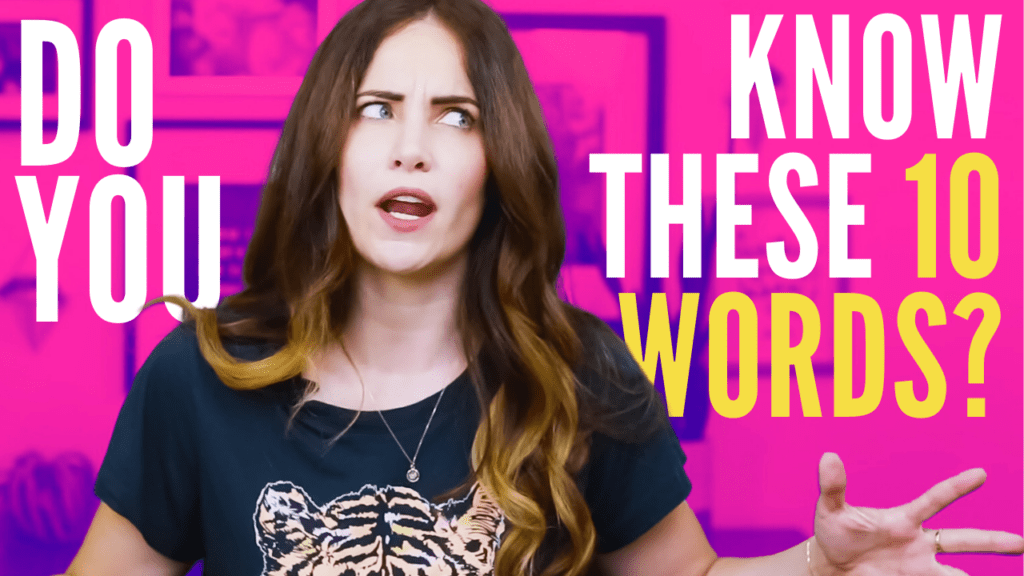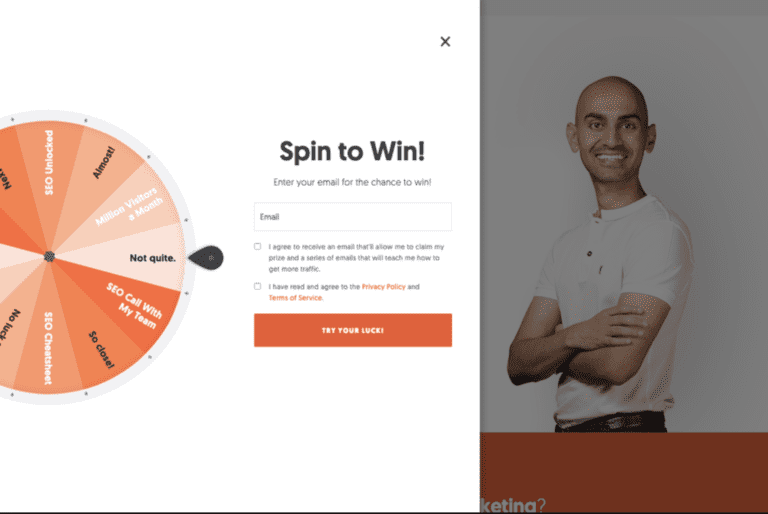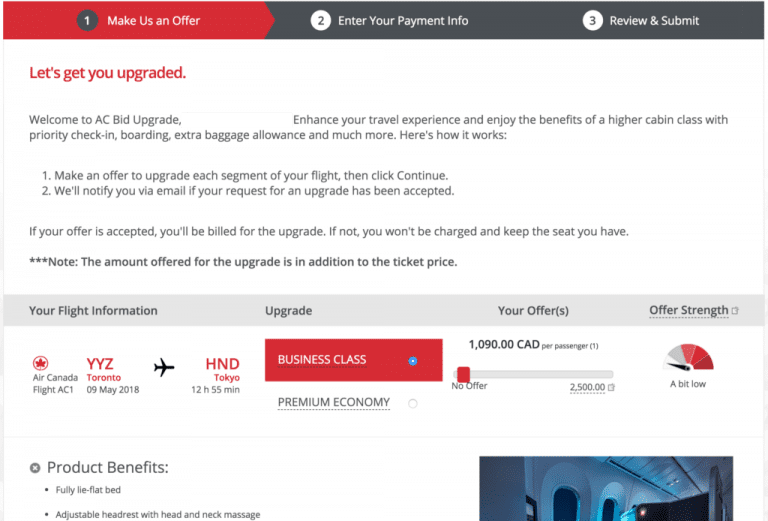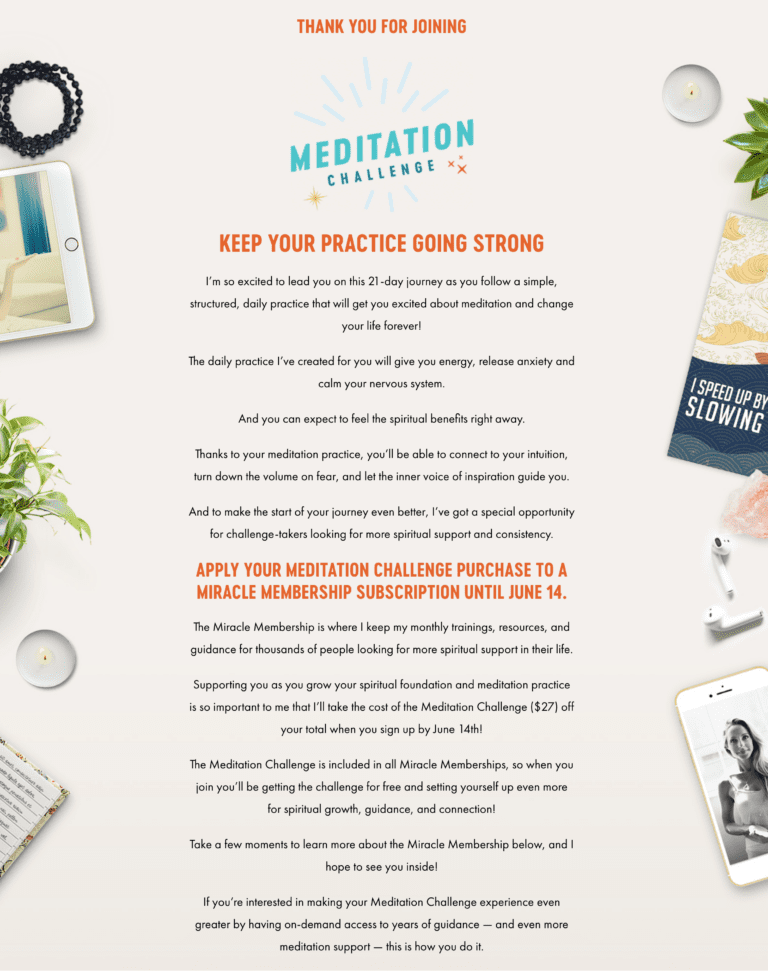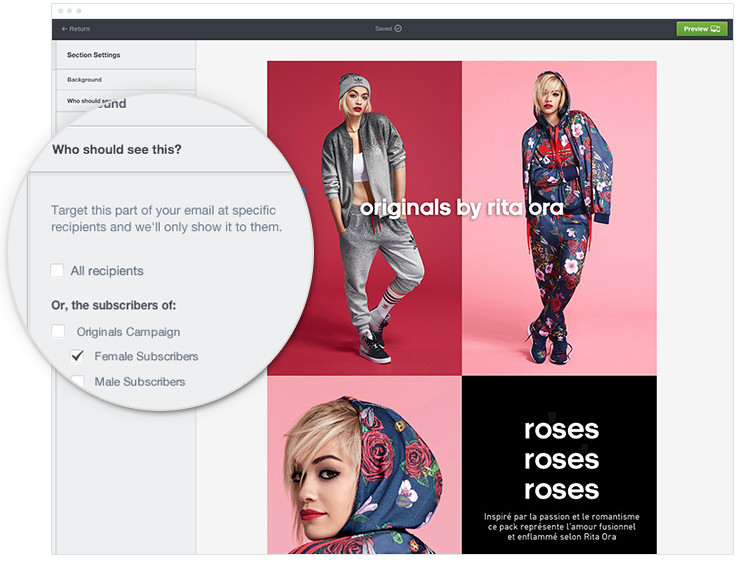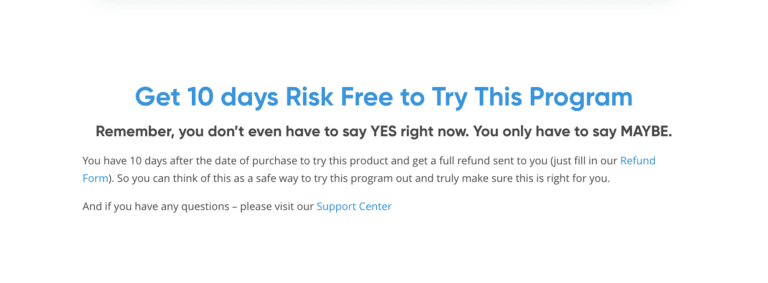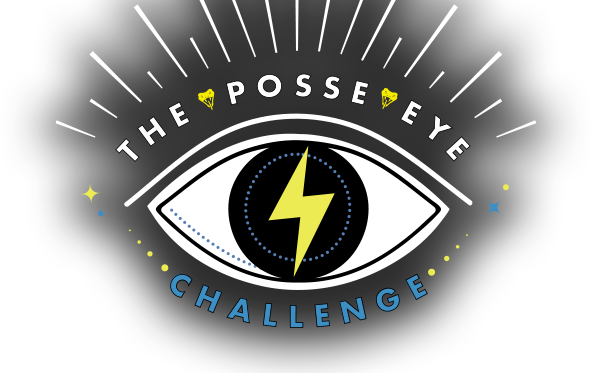10 Copywriting Terms You Need To Know First (With Examples!)
What’s a Squeeze Page? A Lead Magnet? An OTO, CR? Why does someone need to be “indoctrinated”, “segmented” and “re-targeted”? Wait — when did copywriting start sounding like top secret lingo?! Well, if you want the insider guide to cracking the code of some of the most important copywriting terms, you’re in the right place. Keep reading…
Word up, Posse! It’s Alex.
If you want to know how to become a copywriter, there are some pretty important definitions you gotta know before getting started.
You might be on a call with a client and they’ll say… Great, we need you to write some new headlines on the squeeze page to improve the CR so more people see the OTO and get the lead magnet. And you’re like… Yeah. Coool. Cool. Cool. Cool….. WHAT?
I’ve been in this world for a long-time and sometimes I forget how confusing all the phraseology, terms and TLAs (that’s Three-Letter Acronyms) can be.
It wasn’t until my students in Copy Posse Launch Pad Season 1 asked for some definitions of words that I’ve gotten so familiar with that I forgot they are actually super confusing if you’re brand new to all this. That’s when I realized, wait, hey – you might need this too.
So in this article, I’m defining 10 common copywriting and marketing terms you need to know to look legit and sound like a pro when you talk to clients and marketers on the job.
Now, if you have been following my blog for awhile, you’ve already learned some pretty key definitions and tutorials, like how to write subject lines, sales pages, and hooks. How to identify your customer avatar and level of customer awareness and how to find your niche with my niche pyramid. But if you’re like – wait, what?! – you might want to stick around for me. Go ahead and hit subscribe over on my YouTube Channel.
Every single week, I publish free tutorials, guides and expert advice on everything copywriting, marketing, and branding and I recommend you browse my library of articles so you can learn, write and ignite your business with crazy good copy.
Okay, back to this week’s post! Here are 10 key copywriting terms you gotta know BEFORE you become a copywriter. There are hundreds more where these came from, of course, so consider this glossary a quick round-up to give you a legup.
1. Squeeze Page
No, it’s not a teeny little page…
A squeeze page is a SPECIFIC type of landing page solely designed to capture email addresses from potential subscribers. Instead of focusing on promoting a product, the intention is to “squeeze” a visitor into entering their email address — which in direct response marketing is one of the most valuable pieces of data you can get from a prospect.
Now, if you’re like, wait – what’s the difference between a landing page, optin page and squeeze page?
Well, let me break it down.
Landing pages are web pages that have a singular conversion focus – usually it’s either to sign up or buy. Landing pages are called “landing pages” because it’s where traffic “lands” on a site – although usually not organically. Landing pages are strategic pages often built for converting paid traffic.
Now, optin pages are landing pages specifically used to get a prospect to sign up – so it might be to get a free guide, start a free trial, or register for a webinar. It’s a broad term that applies to any page asking for user information, whether it be email, phone number, name or any other sort of data.
Squeeze pages are a bit different. They’re a lot more limited optin pages where the only obvious action is to sign-up and enter your email address. This often means there’s no navigation, or other calls-to-action that could distract a prospect from opting in.
Think of it this way. All squeeze pages are optin pages. All optin pages are landing pages. But it doesn’t work the other way around. Got it?
Here’s an example from digital marketing expert, Neil Patel. Who gamified his squeeze page by using a Spin to Win plugin. You can clearly see the only action here is to enter your email address to see what you win!
2. Upsell
As a copywriter, you might get asked to write an upsell.
Now on the marketing roadmap, Upsell refers to an add-on offer that you present to a customer after the front-end purchase. Think of it as an upgrade that you want to offer your customers to enhance their experience with your brand and increase the average order value of their purchase.
An upsell can be presented immediately after a purchase, like when you purchase a program online and then are asked to join a membership community or sign up for an exclusive coaching package. An upsell can also happen sometime later, after the initial front-end product sale. For example, an airline might offer you an upgrade from economy to business class at a reduced price when you check in for your flight.
Now, while an upsell offer is in fact a sales offer, they are written quite differently than front-end sales pages, and that’s because the audience you’re speaking to in an upsell has a very high level of customer awareness. So less education and indoctrination needs to be done on an upsell page – instead focus on adding more – more access, more resources, more training and more value, and of course give them a reason to take action now, not later.
3. One Time Offer (OTO)
One form of a sales page is a One Time Offer. This is a page that promotes a special offer that is available — yes — for one time only. This means that the prospect or customer only has that one chance to redeem the offer then and there.
OTOs are most commonly used on opt-in thank you pages. After signing up, prospects are presented with a special offer available on that page only. It’s for this reason that OTO has become synonymous with a Tripwire Offer – the offer people see immediately after “walking in the door” or signing up.
For example, bestselling author Gabby Berstein, who recently launched a 21-Day meditation challenge, immediately presented customers who signed up with a one-time-offer to join her Miracle Membership program at a special price.
4. Retargeting
Have you ever gone to look at a pair of shoes you wanted online, and then that pair of shoes followed you around the internet – literally, every. Where. You. Went?
Welcome to the world of retargeting.
Retargeting (also known as remarketing) is a form of advertising that targets prospects who have previously engaged with your website or your business in general.
Retargeting is based on the premise that often it takes multiple touchpoints with your brand or product to convince someone to buy. When used correctly, these smart tactics can be highly effective.
Retargeting also allows you to use sequential and behavior-based ads in your marketing and copywriting. So a customer might see an ad to upgrade, where a non-customer will see a compelling offer to buy. Or, perhaps a series of ads shown in sequential order that tell a story and help overcome objections.
5. List Segmentation
While retargeting is about marketing to a prospect or customer on the front-end based on their interaction with a particular brand — list segmentation happens on the back-end and refers to the grouping together of your subscribers based on specific criteria that can help you better understand and communicate with your audience. This grouping can be based on demographic, geographic or psychographic data, survey or quiz results, email engagement, or specific actions they’ve taken, for example purchasing, attending a masterclass, or subscribing for a free guide.
For example, Campaign Monitor allows you to segment your subscribers based on gender.
The more granular you get with your list segmentation, the more personalized and effective your messaging can be. The best marketing is that which most accurately targets it’s viewers. The internet is changing fast and a one-size fits all copywriting approach is becoming less and less effective. I’ve said it before, the future of marketing is personalized, behavior-based, real-time communications.
6. Risk Reversal
It sounds like an insurance policy, but it’s actually one of the most effective ways to overcome objections and boost conversions on your sales page.
In copywriting, risk reversal is commonly a statement or guarantee that assures your prospect that YOU will bear the risk of their purchase… through a refund, exchange or return policy.
Let’s face it, most of us will subconsciously weigh the risk of making the wrong decision when it comes to buying something online. This acts as a barrier that prevents your prospect from saying “Hell Yes!” to your product.
If your sales page doesn’t give prospects the assurance to remove this barrier and create a sense of trust, you’re likely going to lose them.
Your Risk Reversal statement should make the entire purchase process sound easy and that it’s totally ok if they decide to return or exchange your product. For example, this is typically what Mindvalley, one of the largest personal growth brands on the planet, uses on their sales pages:
7. Lead Magnet
A lead magnet is a freebie or a preview of your product or service that incentivizes potential leads to subscribe to your email list and be part of your community. It’s the law of reciprocity at it’s finest. Sign up and in exchange I’ll give you something valuable for free. A lead magnet could be a free ebook, webinar, trial period, quiz, and so much more.
For example, Commune, a Personal Growth and Spirituality learning platform that offers courses by household names like Deepak Chopra, Danielle La Porte, Dr. Mark Hyman and Marianne Williamson — offers a 14-day trial of ALL of their courses for free.
Or here, Marie Forleo offers a free audio training in exchange for your email address.
8. Indoctrination Sequence
An Indoctrination Sequence refers to the first few emails that you send to fresh leads to let them get to know who you are, what you do and why they should stick around.
Consider it the first step to building a relationship with your subscribers and connecting with them on an emotional level before you present them with an offer.
This is where you deliver your lead magnet and welcome a prospect to your brand. Let them know what to expect as a new member of your community, acknowledge why they are there and what you can help them with, share your mission, then inspire them to take the next step.
For example, when you join the Copy Posse community, you’ll get 3 emails from me. The first email you get in your inbox welcomes you to the baddest raddest crew of copywriters on the internet. The second email shares my mission to change the game of copywriting. The third email sets expectations and shares how I can help you. To check out my indoctrination sequence, and to join the Copy Posse on email, click here.
9. Conversion Rate (CR)
You may think that your role as a copywriter ends as soon as you submit your copy. However, the best copywriters don’t houdini after completing a project. They ask for conversion metrics so they can better understand how their copy is performing in the context of a marketing campaign.
Conversion rate or CR refers to the percentage of visitors that takes the desired call to action on your ad, landing page or sales page.
Remember that great copywriting is meant to connect and convert. Getting conversion rate data from your client will help you determine how and where to improve your copy so you can continue to optimize a marketing campaign, improve your skill and create long term mutually beneficial relationships with your clients and partners.
10. Cart Abandonment Email
A Cart Abandonment Email is an email sent to a prospect after they left their shopping cart before making the purchase.
Go Daddy reports that 69% of shoppers abandon their cart. That’s crazy!! A well-written Cart Abandonment Email can recoup 30% of your lost customers, resulting in a 64% increase in revenue!
Inside my copywriting program, I teach an entire C.A.R.T. cart abandonment sequence framework, but even one Cart Abandonment Email can be highly effective. The goal of this email is simple: to remind shoppers that the product is still waiting and available for them to buy.
Many businesses rely solely on a text-based email to do this. However, there are plenty of creative ways for you to tempt your prospects back to their cart.
For example, Reformation, a sustainable clothing brand, does this well by sending prospects a cheeky email from the product along with a photo of the exact item left in the cart. Don’t play coy, we saw you checking us out. Love that.
Watch This Instead
There you go — ten of the most important copywriting terms that you need to know to talk the walk and sound like a pro! Leave me a comment below if you learned something new this week, and let me know if there are any other words that you’re still boggled by!
Thanks for reading and subscribing to my YouTube Channel. I’ll see you next week with another tutorial.
Till then, I’m Alex. Ciao for now!

